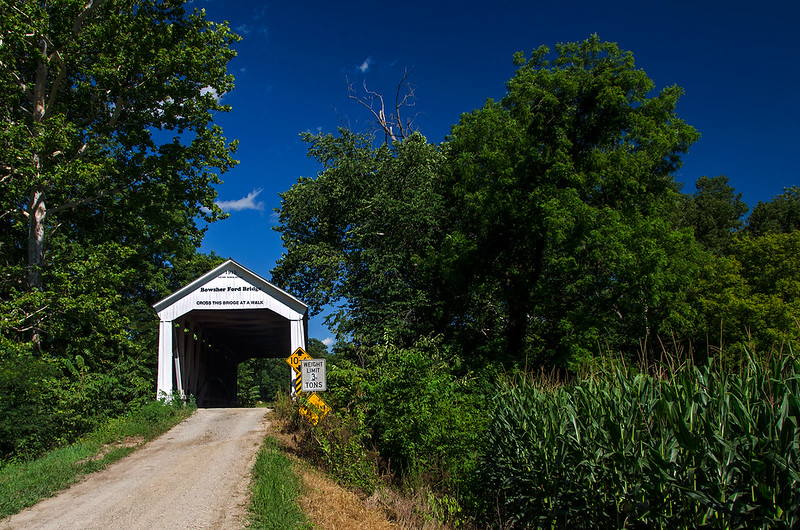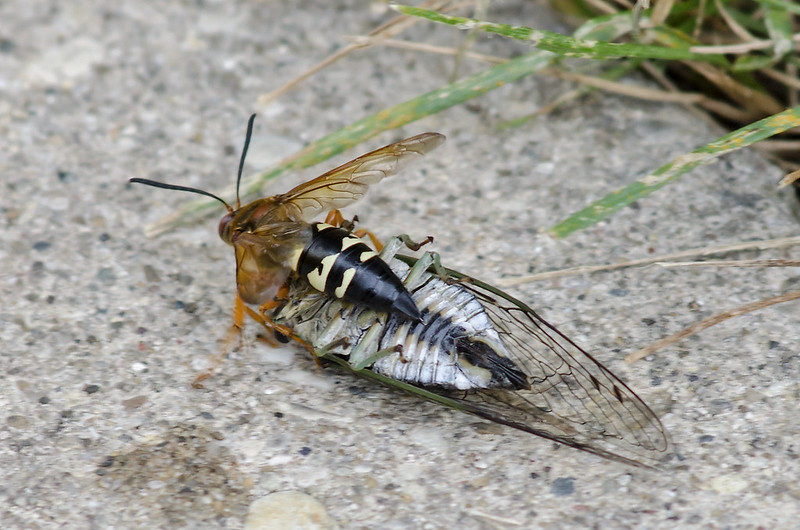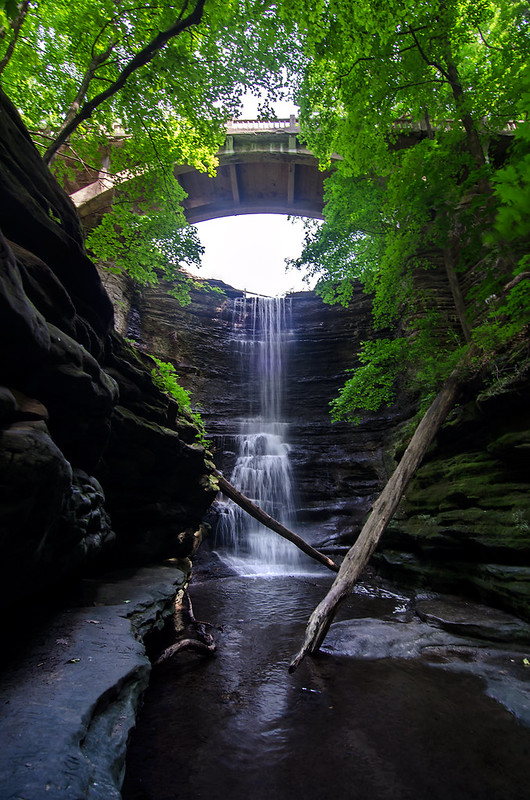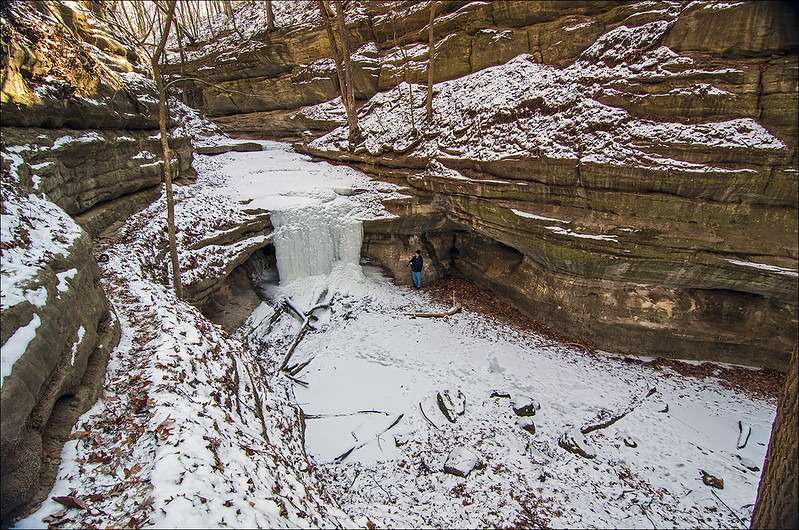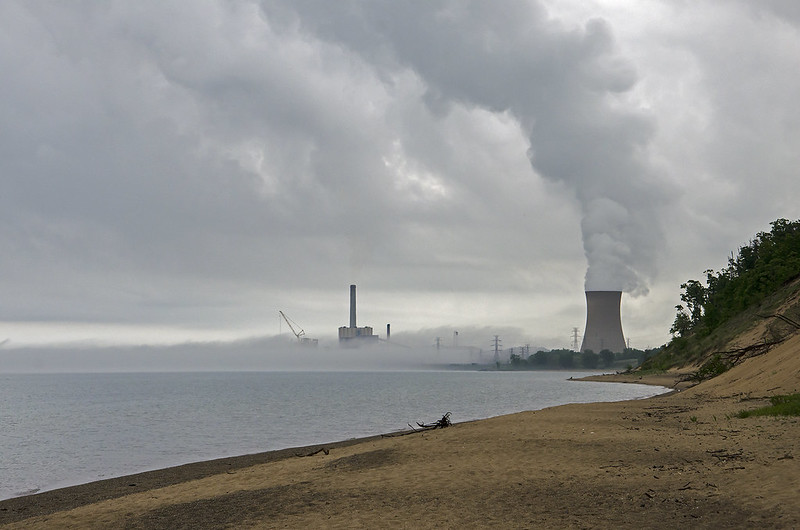
So many things converging in this image. The land with the water; the stream with the lake; grass with the sand; dunes with the beach; sky with water; nature with industry; steam with clouds, and warm and cold weather.
A morning with warnings of rain, wind, shoreline flooding, fog, and cold temperatures, was tolerable for the most part, and seems to have scared everyone off the beach - we were the only ones in sight.
The gloomy morning enhanced the mood of the industry on the horizon - Michigan City's electric plant, with the landmark cooling tower allowing steam to touch the clouds.
Moments after this image was captured, a line of clouds appeared on the horizon as far as the eye could see. Knowing the predicted storms were on their way, we hastily headed the 1/2 mile to the parking area. The wall of clouds quickly moved toward us, and with no way of making it to shelter, we readied ourselves for a drenching.
Much to our surprise, as the clouds approached, and the cold winds hit us, the wall of clouds turned out to be fog - no rain. The beach ahead of us and behind us disappeared, as did the tops of the dunes, as the thick fog rolled in off the lake.
The weather created an almost surreal view of so many things converging at one time.
 This 263 foot long covered bridge is the third bridge built across Big Raccoon Creek at this site. In 1910, the previous bridge burned and a concrete bridge was considered as a replacement. Instead, the Roseville covered bridge was constructed, and remains today. Not far away in Armiesburg, a concrete bridge was built in 1917 to replace the wooden covered bridge, it collapsed after only 13 years!
This 263 foot long covered bridge is the third bridge built across Big Raccoon Creek at this site. In 1910, the previous bridge burned and a concrete bridge was considered as a replacement. Instead, the Roseville covered bridge was constructed, and remains today. Not far away in Armiesburg, a concrete bridge was built in 1917 to replace the wooden covered bridge, it collapsed after only 13 years!  The Roseville covered bridge uses two Burr Arch spans to cross the creek, and has a cut sandstone foundation. It's set on a gravel road, in an out of the way portion of Parke County, and only a block away from a very small cafe and bakery, very easy to miss while driving on adjacent Coxville Road. The local people seem to care for this bridge - an assortment of colorful flowers grows near the entrance.
The Roseville covered bridge uses two Burr Arch spans to cross the creek, and has a cut sandstone foundation. It's set on a gravel road, in an out of the way portion of Parke County, and only a block away from a very small cafe and bakery, very easy to miss while driving on adjacent Coxville Road. The local people seem to care for this bridge - an assortment of colorful flowers grows near the entrance.














